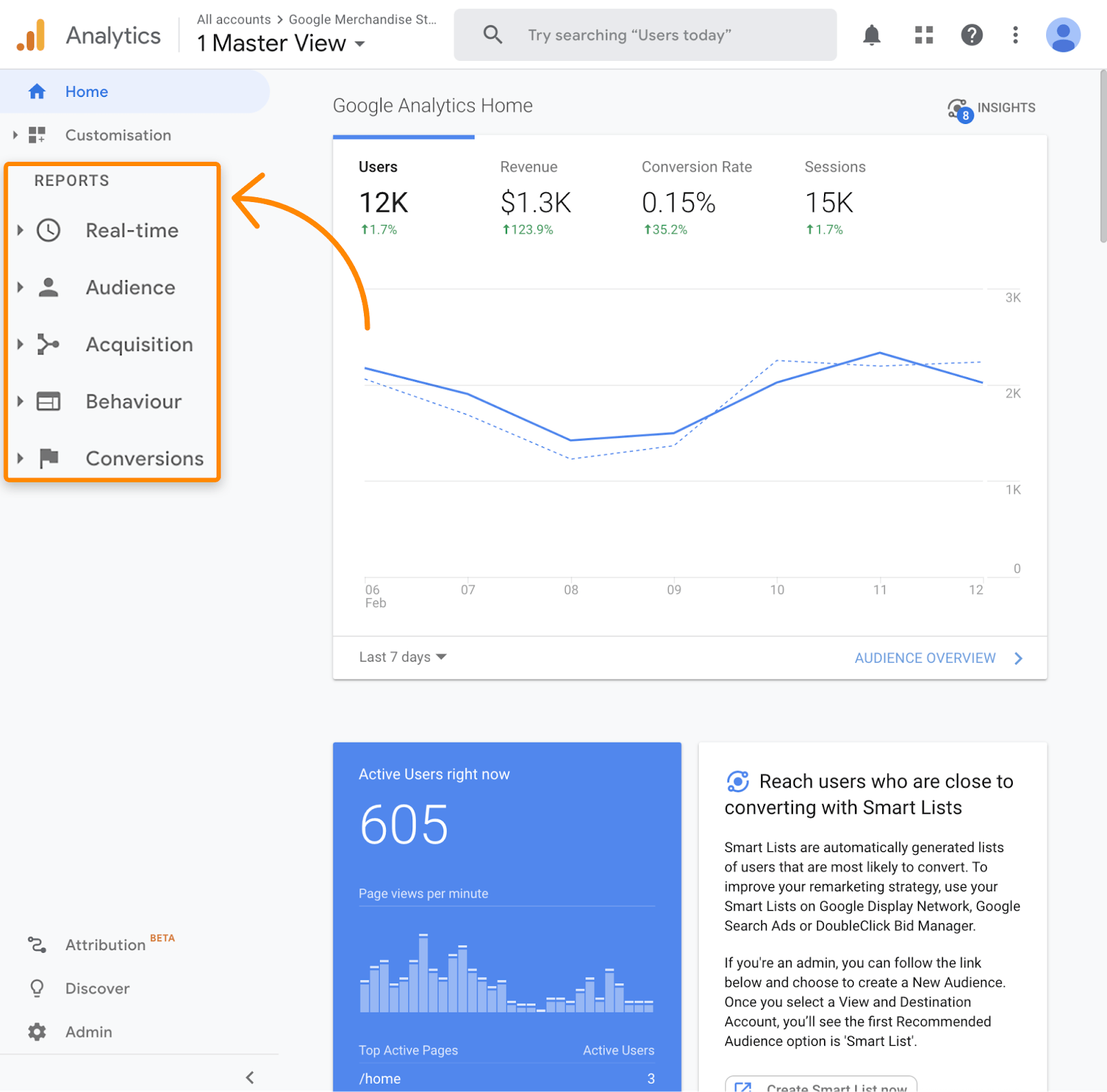Understanding Secondary Dimensions in Google Analytics: Meaning and Strategic Assimilation
Understanding Secondary Dimensions in Google Analytics: Meaning and Strategic Assimilation
Blog Article
Unveiling the Effect of Additional Dimension in Google Analytics on Data Evaluation and Insights
In the realm of data analytics, the utilization of secondary measurements within Google Analytics has arised as a critical tool for extracting deeper insights and unraveling complicated patterns that could otherwise stay covered. By peeling back the layers of key data sets, second dimensions provide a nuanced perspective that enriches the understanding of customer actions, internet site efficiency, and the effectiveness of marketing strategies.
Discovering the Idea of Secondary Measurements
Additional measurements in Google Analytics provide added understandings by allowing customers to evaluate primary information together with a secondary quality. This function makes it possible for a more extensive understanding of the main data by adding one more layer of details for analysis. By integrating additional dimensions, individuals can dig deeper right into the data and uncover valuable relationships that could or else go undetected. As an example, by matching the key data of website traffic with second dimensions like demographics or behavior, marketing experts can acquire a more extensive view of their target market and tailor their techniques appropriately.
By discovering the different second dimensions available in Google Analytics, users can open new insights and maximize their electronic advertising and marketing efforts. In essence, secondary measurements offer as a powerful tool for boosting information analysis and driving actionable results.
Enhancing Data Analysis With Secondary Measurements
Having actually developed the foundational understanding of secondary measurements in Google Analytics and their crucial role in data evaluation, the focus currently shifts in the direction of leveraging these second features to enhance the interpretation of analytics data (what is a secondary dimension in google analytics). By including additional measurements into data evaluation, experts can gain much deeper insights into customer habits, web site performance, and advertising and marketing efficiency
Additionally, additional measurements aid in contextualizing main information metrics by supplying extra layers of information. This contextualization help in recognizing the 'why' behind the information patterns, aiding analysts make notified optimizations and decisions to boost total efficiency. Ultimately, integrating second dimensions enhances the information analysis process, resulting in more critical actions and purposeful understandings.
Uncovering Hidden Insights Through Secondary Dimensions
Checking out the midsts of analytics information with second measurements reveals important understandings that would certainly or else remain covered. By integrating secondary dimensions in Google Analytics, companies can unearth surprise patterns, fads, and connections that supply a more extensive understanding of customer behavior and site performance. These extra layers of data allow experts to dive deeper into the key measurements, such as web traffic sources or landing web pages, and get a much more nuanced point of view on just how various variables interact with each other.
Through the usage of additional measurements, experts can sector and compare information throughout various dimensions, enabling them to determine certain aspects that influence customer engagement, conversion prices, and total success metrics. For instance, by combining the main dimension of 'tool category' with the secondary measurement of 'age,' marketing professionals can pinpoint which find out here now age demographics like accessing the web site via smart phones versus desktop computers. This degree of granularity empowers businesses to make data-driven decisions and maximize their techniques for much better results. Eventually, revealing covert understandings with additional measurements enhances the deepness and precision of data analysis, leading to more informed decision-making and improved performance results.
Leveraging Second Dimensions for Actionable Analytics
Structure upon the insights unveiled with additional dimensions in Google Analytics, companies can currently harness this enriched information landscape to drive workable analytics and news critical decision-making. By leveraging secondary measurements, organizations can delve much deeper into their information to remove beneficial patterns, trends, and connections that might have formerly gone undetected. This deeper degree of evaluation makes it possible for companies to get an extra detailed understanding of individual actions, project performance, and total web site effectiveness.
One trick advantage of utilizing second dimensions for workable analytics is the capability to segment information based on particular criteria. This division enables organizations to tailor their campaigns and methods to various audience teams, resulting in a lot more targeted and effective advertising initiatives - what is a secondary dimension in google analytics. Furthermore, additional measurements provide a more all natural sight of customer interactions, enabling businesses to enhance their site content, style, and total customer experience
Making Best Use Of Decision-Making With Additional Dimensions
To improve view it now critical decision-making in analytics, leveraging additional dimensions in Google Analytics can supply a much more nuanced point of view on customer habits and project efficiency. By integrating second dimensions into data evaluation, companies can delve much deeper into the specifics of their internet site site visitors' communications and engagement patterns. This added layer of details permits an extra extensive understanding of just how different variables, such as demographics, devices, or website traffic resources, impact vital efficiency signs.

Final Thought
In conclusion, making use of secondary measurements in Google Analytics plays an important function in boosting information evaluation and uncovering covert insights. By discovering this idea, one can gain a deeper understanding of user behavior and make educated decisions based upon workable analytics. Leveraging secondary dimensions enables an extra thorough interpretation of information and optimizes the efficiency of decision-making procedures.

Report this page